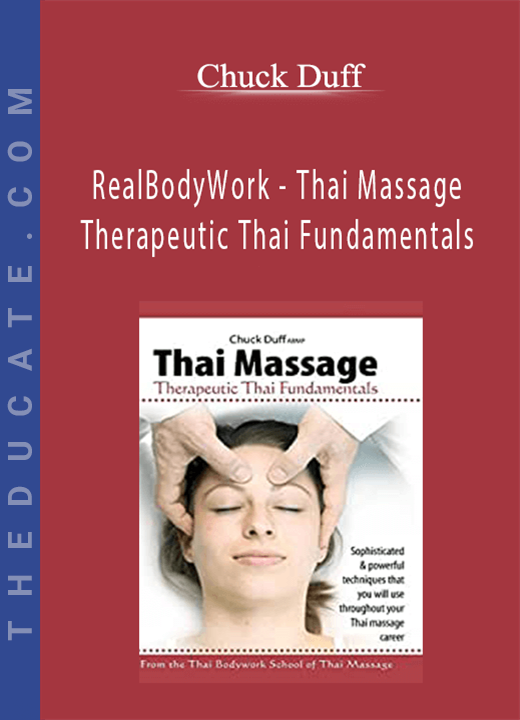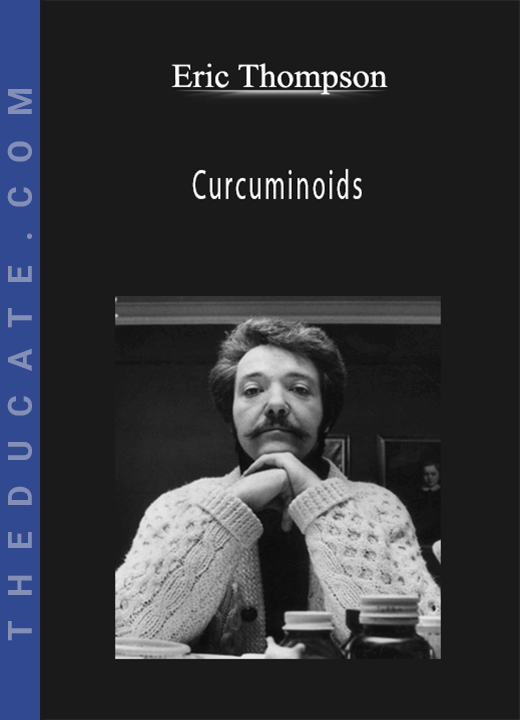Description
-

Yoga for Trauma: Innovative Mind-Body Strategies that Help Clients Activate Healing Processes and Release the Negative Imprint of Trauma – Michele D. Ribeiro
- Faculty:
- Michele D. Ribeiro
- Duration:
- 6 Hours 22 Minutes
- Format:
- Audio and Video
- Copyright:
- Jul 10, 2019
Description
The impact of trauma is so profound that it is felt not just in the mind, but in the body as well. Survivors carry the effects of the traumatic events in their tissues, negatively affecting their ability to rest, to remember and process, and to achieve a state of regulation.
To successfully work with these clients, you need to utilize embodied practices that incorporate mind-body connection into your clinical practice. Mounting evidence points to yoga as a complimentary tool that you need in your arsenal to effectively work with trauma survivors.
Michele Ribeiro has been using yoga and mindfulness with trauma survivors for over 20 years, and she wants to show you how to reenergize your own work. Find out how simple yoga poses and techniques can be introduced to help clients become aware of and then remove traumatic imprints through mind-body purifying processes. Teach clients how to send revitalizing, healing energy throughout their body. Discover the benefits of Yoga Nidra and how to help clients reach this state of relaxation and restoration.
This recording is your “how-to” guide for incorporating evidence-based yoga poses and techniques into your practice in a manner that is effective, ethical, and appropriate for your scope of practice.
You do not have to be a yoga therapist to apply what is learned in this recording to your own trauma work. You only need to have a desire to see transforming healing occur in the lives of your clients.
Handouts
| Manual – Yoga for Trauma (3.30 MB) | 79 Pages | Available after Purchase |
Outline
The Promise of Yoga for Treating Trauma
- Trauma prevalence
- Adverse childhood experiences
- Socio-cultural impacts of trauma
- Yoga research outcomes with veterans
- Higher retention, satisfaction and acceptability rates with yoga
- Why embodiment in psychotherapy treatment matters
- Risk and limitations of research
Bring Traditional Yoga Components to Contemporary Trauma Treatment
- The 4 pillars and 8 limbs
- Focus on rejuvenating the body
- Moral and ethical conduct considerations
- Established observances, including contentment and self-study
- Emphasis on internal and external purification
- Ascension of energy/vitality through asana and pranayama
- Ability to focus perception and mind on what is happening in the body
Bring Practical Neuroscience Applications to Contemporary Trauma Treatment
- Brainwaves and patterns and their interface with yoga practices
- The Triune Brain Left and right brain functions in understanding trauma
- Managing anxiety with a focused attention meditation method
Yoga as a Therapy Tool
- Teach the brain and body to work in harmony
- Learn to stretch some parts of the body and relax other parts
- Yoga’s impact on controlling the effect of the brain on the body
- Diffuse vital, healing energy throughout the body
Yoga Nidra (Changing States of Consciousness)
- Conscious entry into non-REM sleep
- IRest (Integrative Restoration)
- Core principles 10 tools 8, 15, and 30-minute script examples of practice sessions*
Trauma-Sensitive Yoga Scripts; Physical Movements and Forms
- Expand capacity for self-awareness and selfregulation
- Standing, seated, supine, and prone postures and forms with supports*
- Shifting relationship with self to foster patience, internal sense of safety, a felt sense of control, and personal agency
- Key themes in trauma-informed yoga for individual and group work
- Experiencing the present moment (example with Tadasana/Mountain pose)*
- Making choices (example with simple neck rolls)*
- Taking effective action (Example with present moment awareness and making changes)*
- Creating rhythms (example with cat pose/form and exploring rhythm between movement and breathing)*
- Chair-Focused Trauma Yoga
- Focused meditation*
- Seated neck rolls/seated shoulder circles*
- Seated mountain*
- Sun breath*
- Seated twists*
- Seated forward folds*
- Facilitating a group therapy session
- Informed consent
- Match goals with postures and forms
- Provide resources
*Social workers: Please note that ACE credit is not available for yoga instruction/guided experience activities.
Faculty
Michele D. Ribeiro, ED.D., CGP
Michele D. Ribeiro, EdD, CGP, is a Licensed Psychologist, Certified Group Psychotherapist, Certified Yoga Instructor and a Children/Teens Meditation Course Teacher. She has been applying mindful awareness as a therapist and teaching mindfulness as a skill to clients presenting with depression, anxiety, ADHD, trauma, eating disorders and addiction issues for over 20 years.
Dr. Ribeiro has a private consulting practice, works as a psychologist and instructor at Oregon State University and is co-owner of the Iyengar Yoga Center of the Willamette Valley in Corvallis, OR. She has taught yoga, mindfulness practices, and biofeedback at various universities, schools, and conferences throughout the United States and abroad while working as a psychologist for Semester at Sea.
She serves on the planning committee to create a new Yoga Certification Program, is on the steering committee for expanding Contemplative Studies and is co-leading the development of a new Mindful Living and Learning Community all at Oregon State University.
Speaker Disclosures:
Financial: Michele Ribeiro is in private practice. She receives a speaking honorarium from PESI, Inc.
Non-financial: Michele Ribeiro is a member of the American Group Psychotherapy Association.






9 reviews for Yoga for Trauma: Innovative Mind-Body Strategies that Help Clients Activate Healing Processes and Release the Negative Imprint of Trauma – Michele D. Ribeiro
There are no reviews yet.